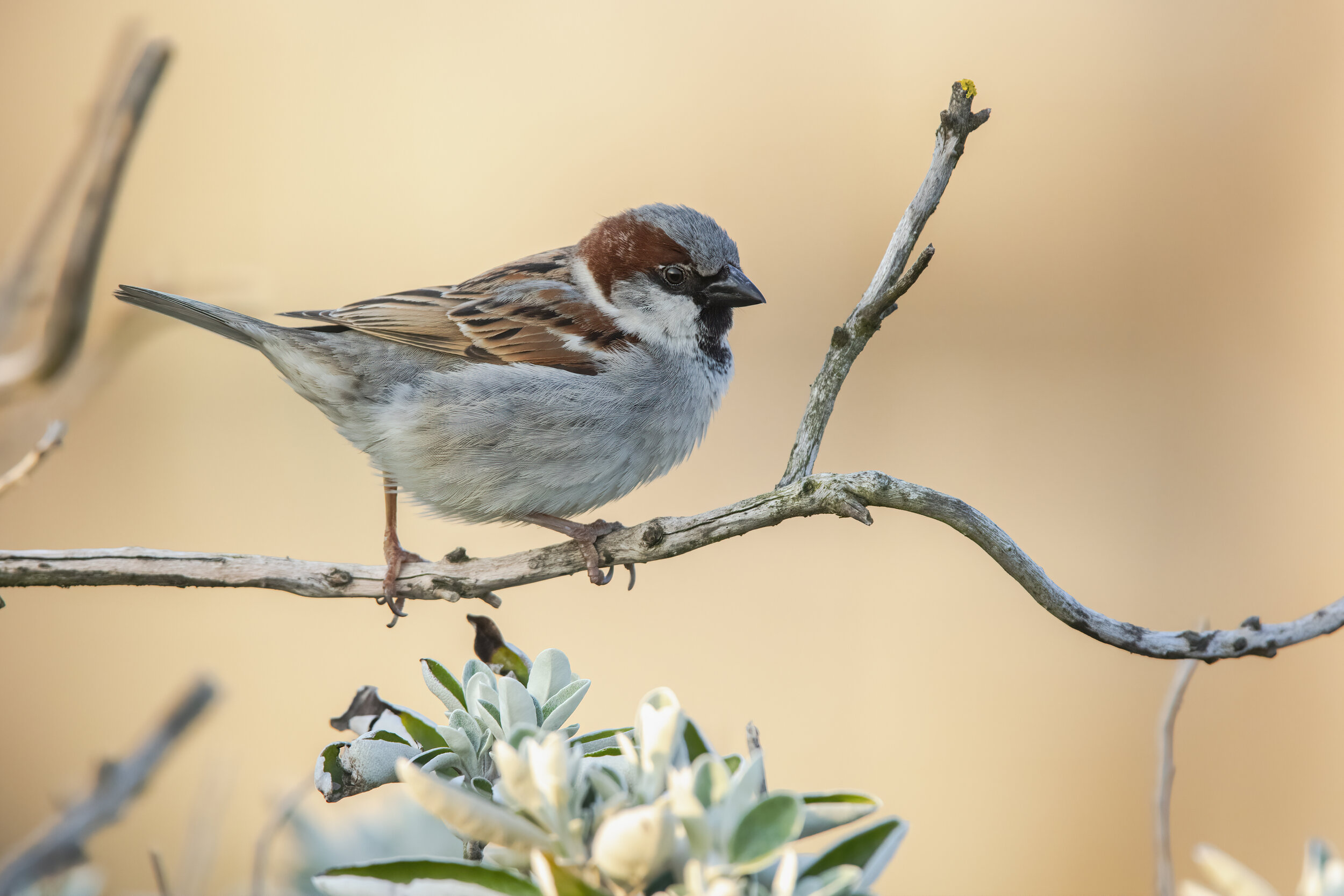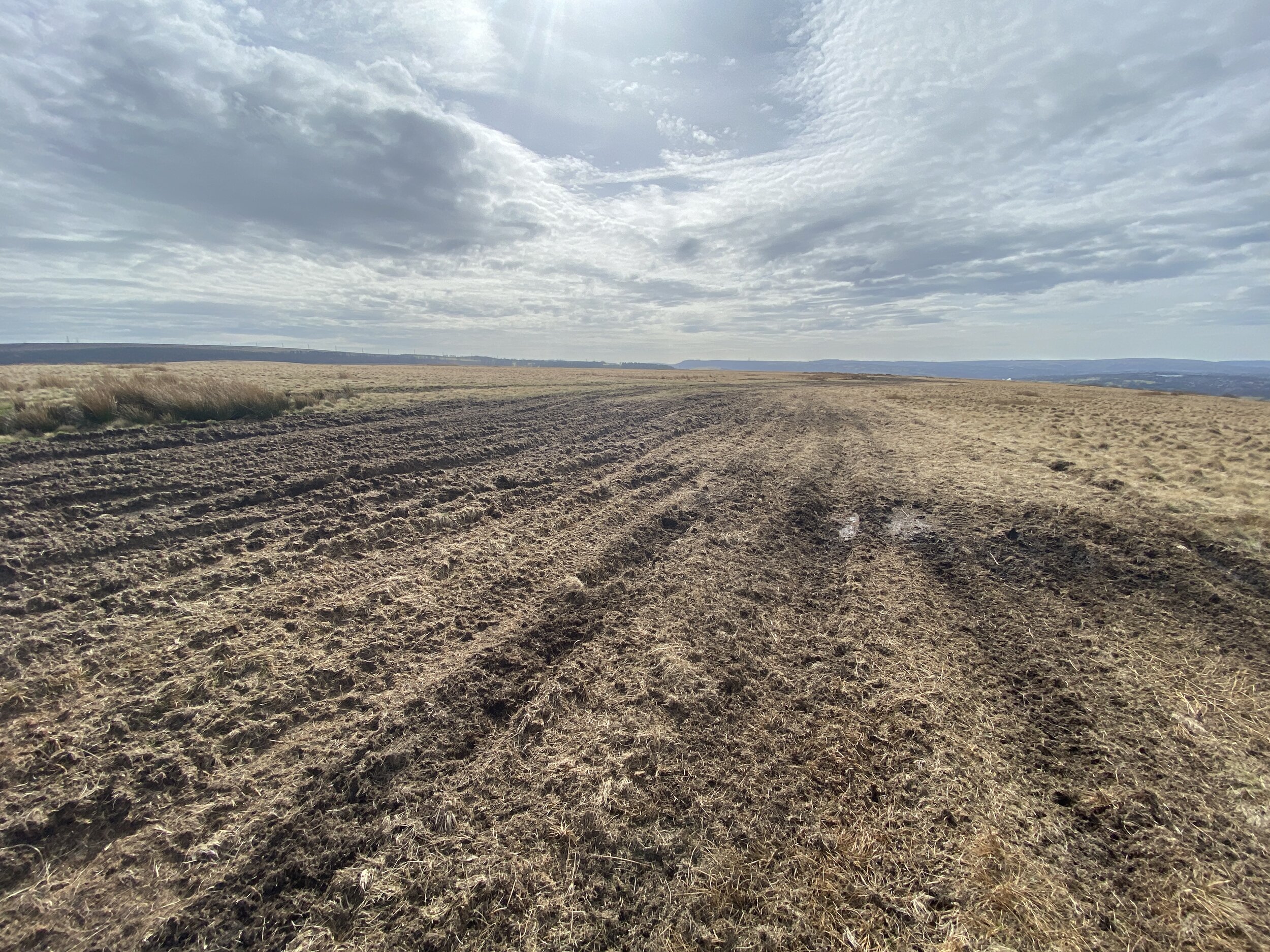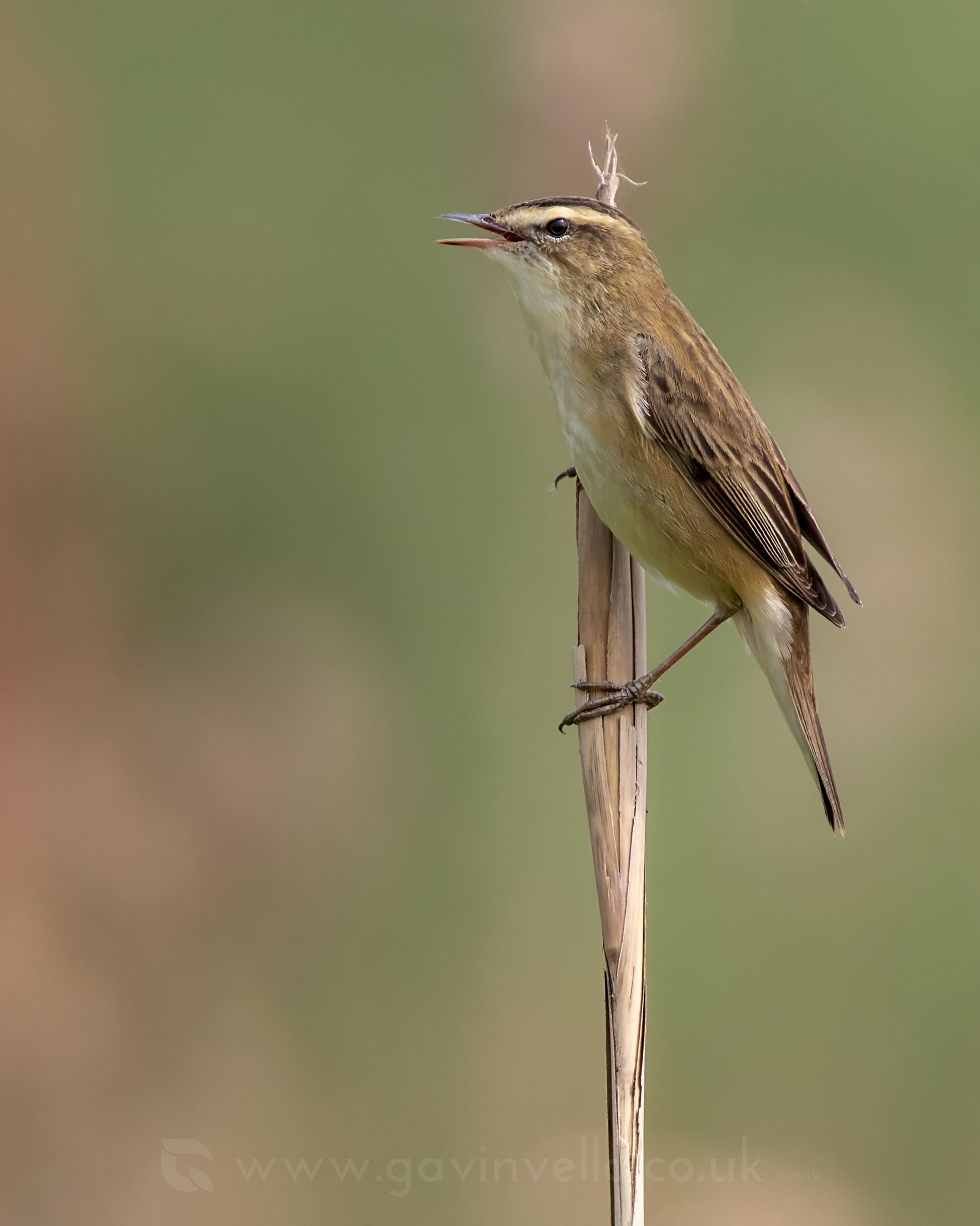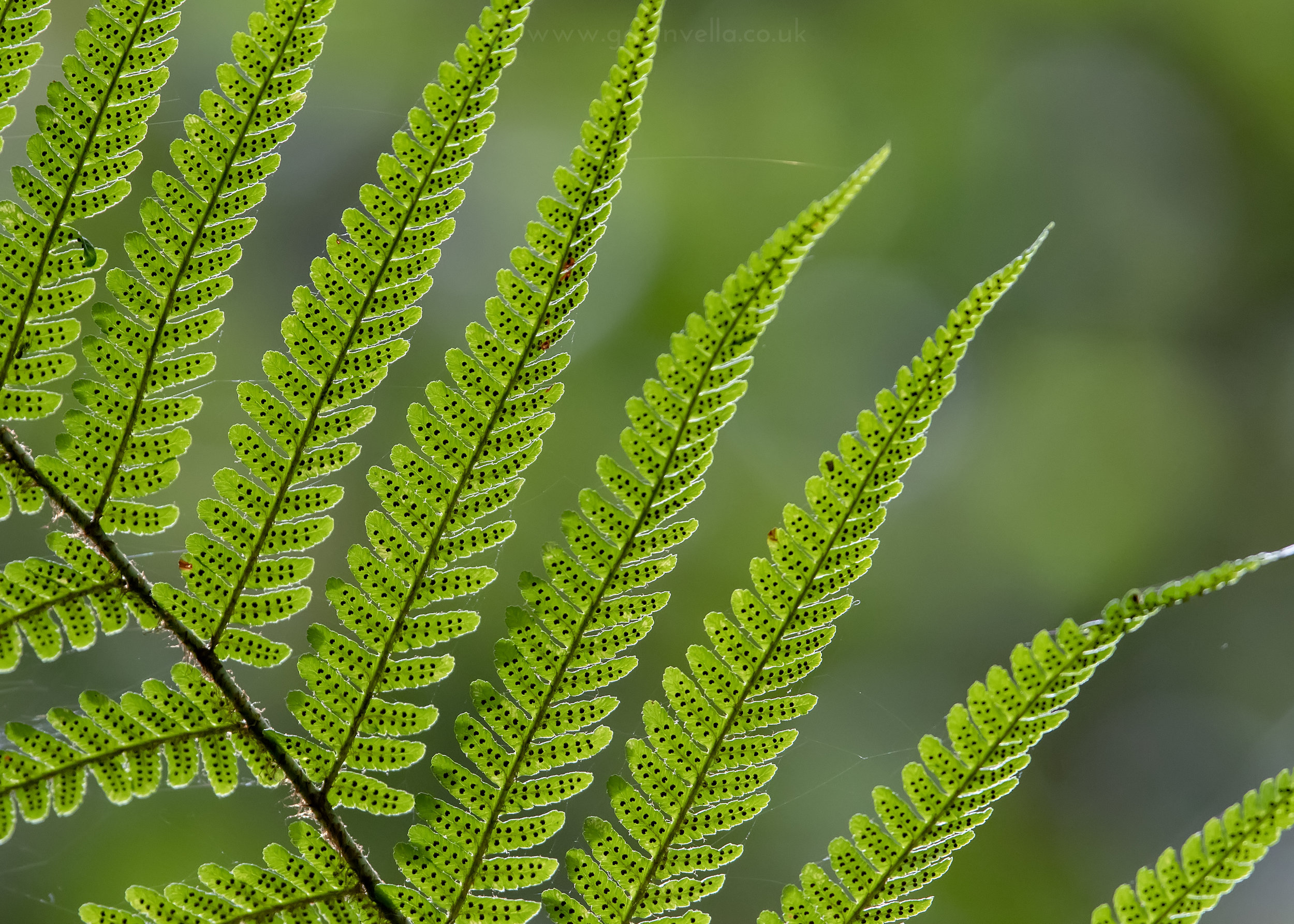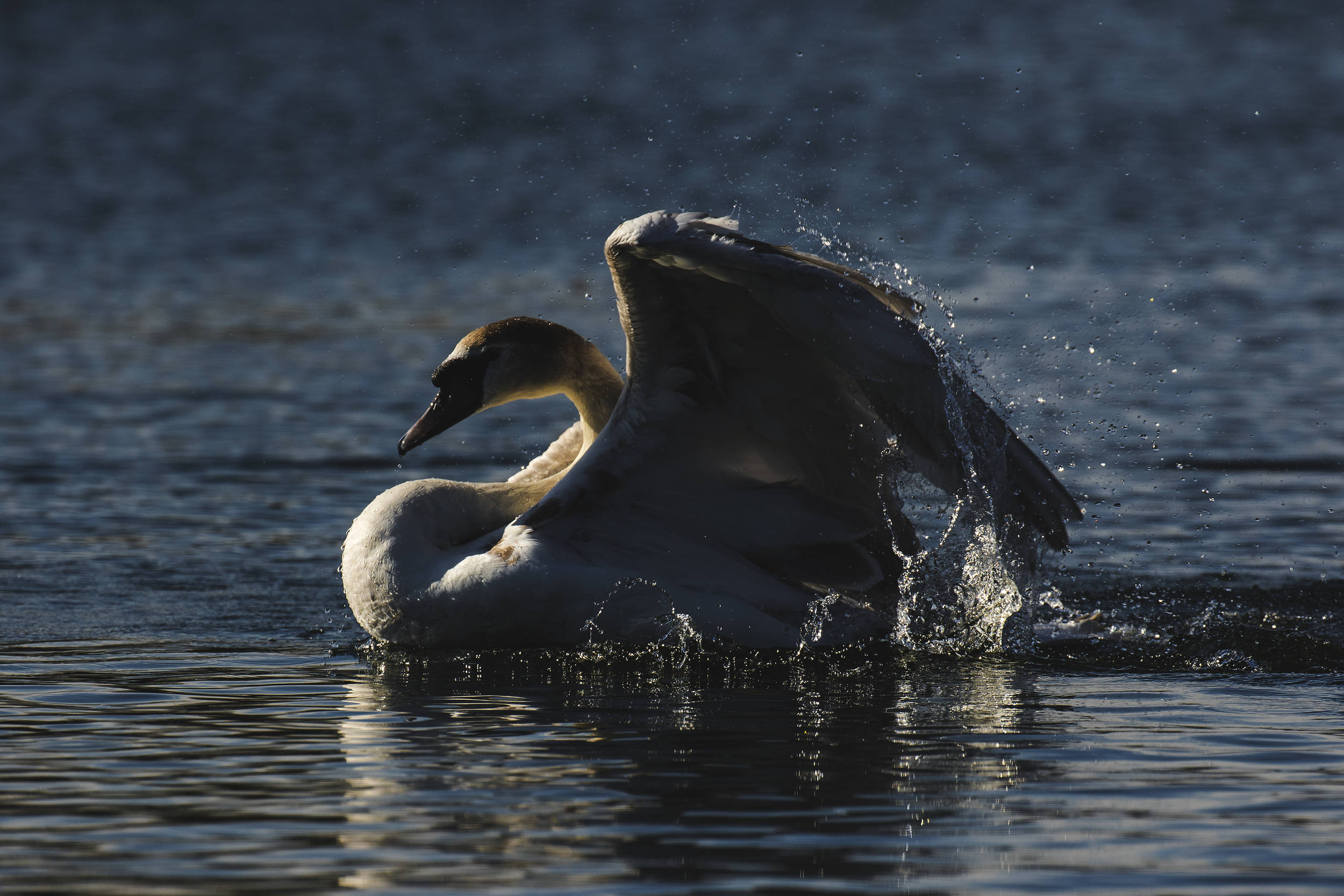Well, what a spectacular autumn that was! We haven’t had a proper autumn like that for a long time. For around 5-6 years in a row now we’ve either had strong winds at peak autumn colours or well before the autumn colours even kick in. We can’t complain this year though as it was perfect and for a good few weeks too. Along with the colours it’s been a fantastic year for Fungi too, so I’ve spent some time picking out some of my favourites in the woods at various local locations. My last blog I spoke about a new camera, and no I’ve haven’t won the lottery, but this time around I’ve also replaced my lens too, with a slightly longer ‘400mm’ instead of a 300mm. Despite the fact that it’s a longer focal length, this lens is slightly shorter in length and much lighter in weight, making it overall easier to hand hold, especially given that the built in image stabilisation offers two-three more stops of stabilisation than my older heavier 300mm. Canon has been able todo this thanks to a technique called ‘Diffractive Optic Technology’ which in theory sounds quite simple, as they have split an element in half in such a way that it retains it’s magnification. It’s actually an ingenious idea that’s quite difficult to achieve and even Canon took two attempts to get it performing on the same level as their other super telephoto prime lenses. I won’t bore you with all the details. For me it’s the ultimate trade-off between performance and weight, which has become quite important to me lately as I’ve been suffering with back issues. This design however does come at a cost, not just to the bank account, but also to the ‘bokeh’. Bokeh is a term used to describe everything outside the main focus plane, whether that be the foreground or the background. Where this design compromises a little is when you have certain light conditions in the image where ‘bokeh’ has to render bright objections. It’s most noticeable if there are pure lights or reflections in the background, and instead of getting pure circular ‘bokeh balls’ you will have bokeh balls with other smaller circles inside. If you look at the diagram below, you can see why this happens, as the image to the left is essentially what the light has to pass thru, leaving you with circles in the image. You won’t see this on anything other than those rare circumstances where bokeh balls are pure and honestly, when are they ever pure in nature! Almost never, so it really doesn’t bother me in the slightest. In the diagram below it also shows you two different versions of DO options, the middle one was Canon’s first design, which meant it had an air gap between the lenses. This resulted in loss of contrast, especially noticeable when used with extenders. The third right image is their most recent design which is even more ingenious as it affectively does the same job, but without an official air gap. Clever Canon. So, fingers crossed this lens will serve me well, for now I’m happy.
Here’s a mixture of images taken locally with both the 400 and my 100mm macro, in various places. What amazes me looking back on these images is not that they’re great images, I’m just shocked I managed to get any of them.. as 90% were taken in horrific lighting conditions. So bad that I doubt I would have been able to get any usable shots with my previous setup, so for that I am happy.
Sound Recording
Just to give you an idea of how mild it has been this autumn / winter. I recorded Roesel’s Bush-cricket’s actively moving around and singing, on the 17th of November! Absolutely crazy! I consider Roesel’s to be a true summer species, only really singing on those piping hot summer days. Granted it wasn’t giving it the full effort but I still can’t believe it had enough energy for this amount in November. #Globalwarming
The same day I managed to catch up with what’s most likely to be the same Willow Tit I recorded last year. Sadly this time it was on its own. If you listen towards the end it does some pretty epic alarm call which I have heard them do before but it’s quite a difficult one to hear in the field as it’s not that loud.
I’ll end on a high note as I’ve been meaning to set aside some time to record a Dipper singing for years but given that my local population along the Afon Llwyd is quite an urban river, I always put it off for fear of recording too much human activity. That and the fact that the Afon Llwyd is one of the fastest flowing rivers in Wales, so it’s quite loud. That said, I recorded this guy singing quite close to a waterfall and a busy school, so was surprised I managed as well as this given the circumstances. That morning I lead a walk with In Our Nature CIC and we managed to listen to two Dipper deep in a song battle, which ended up with a chase. It was great for the group to witness this and it was just the kick up the butt I needed to get down there myself with my recording gear. Lesson of the day, don’t let people put you off.







































